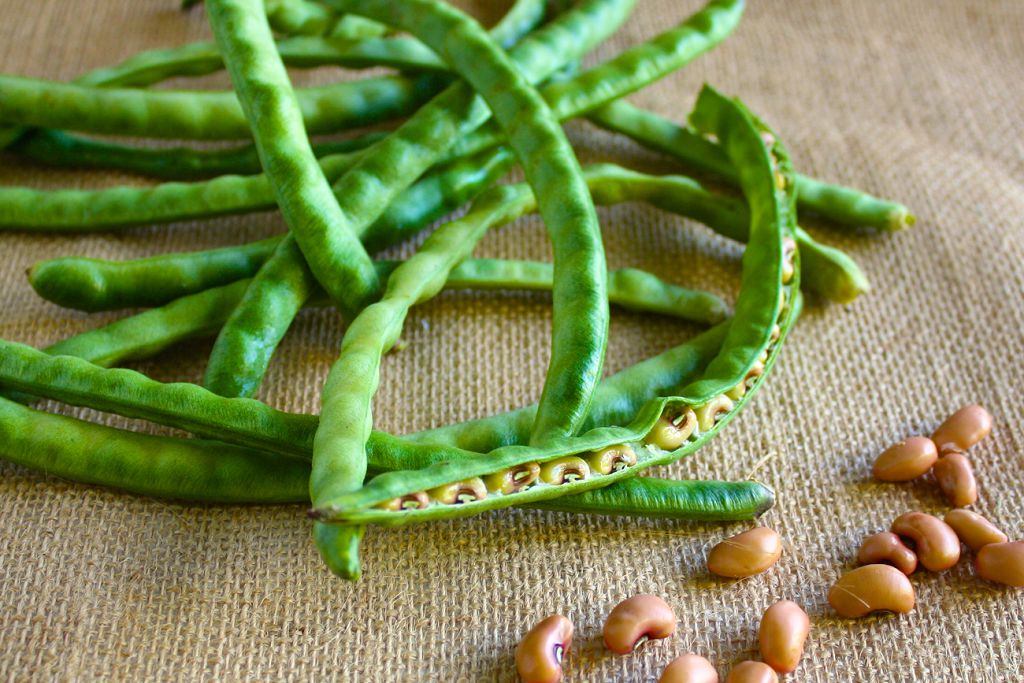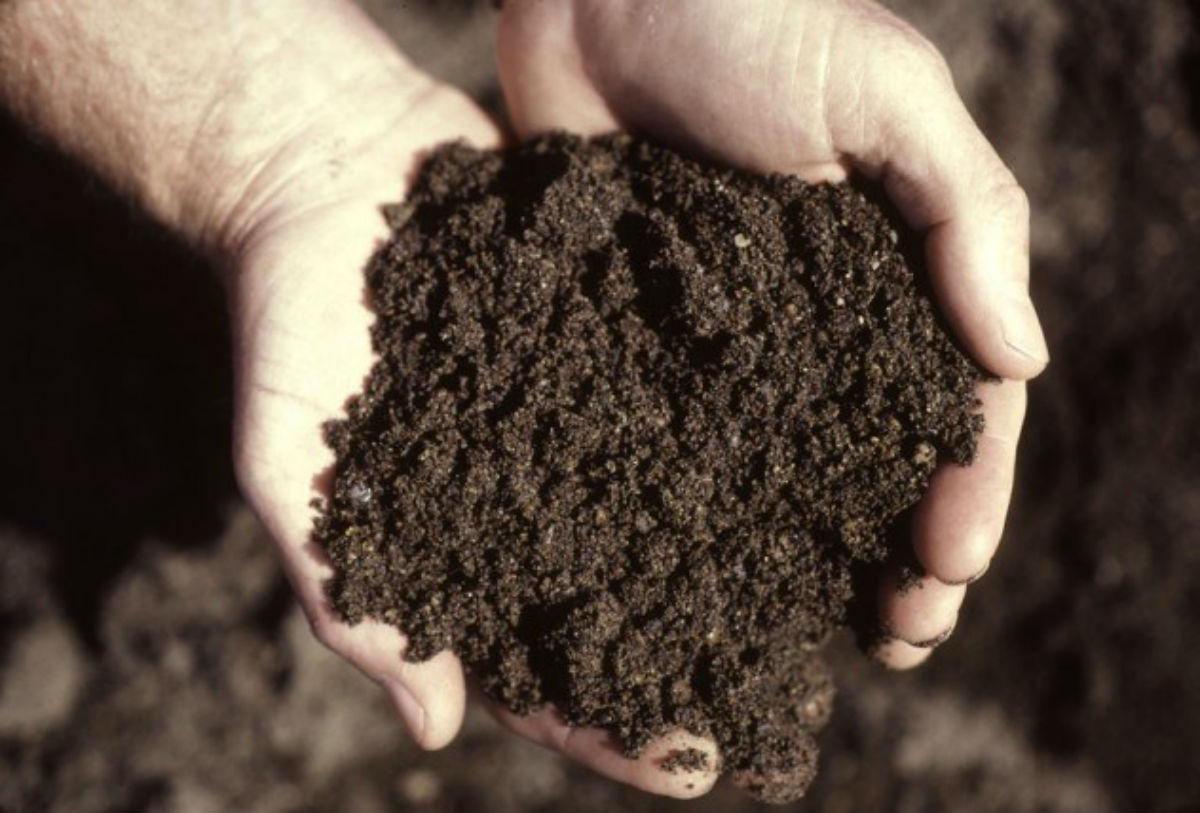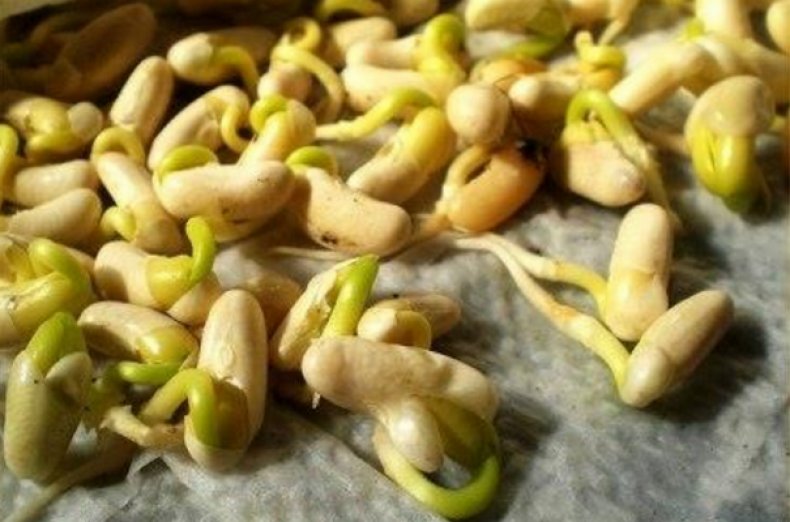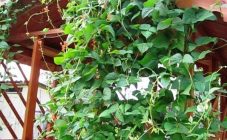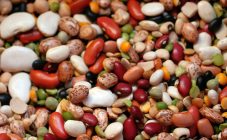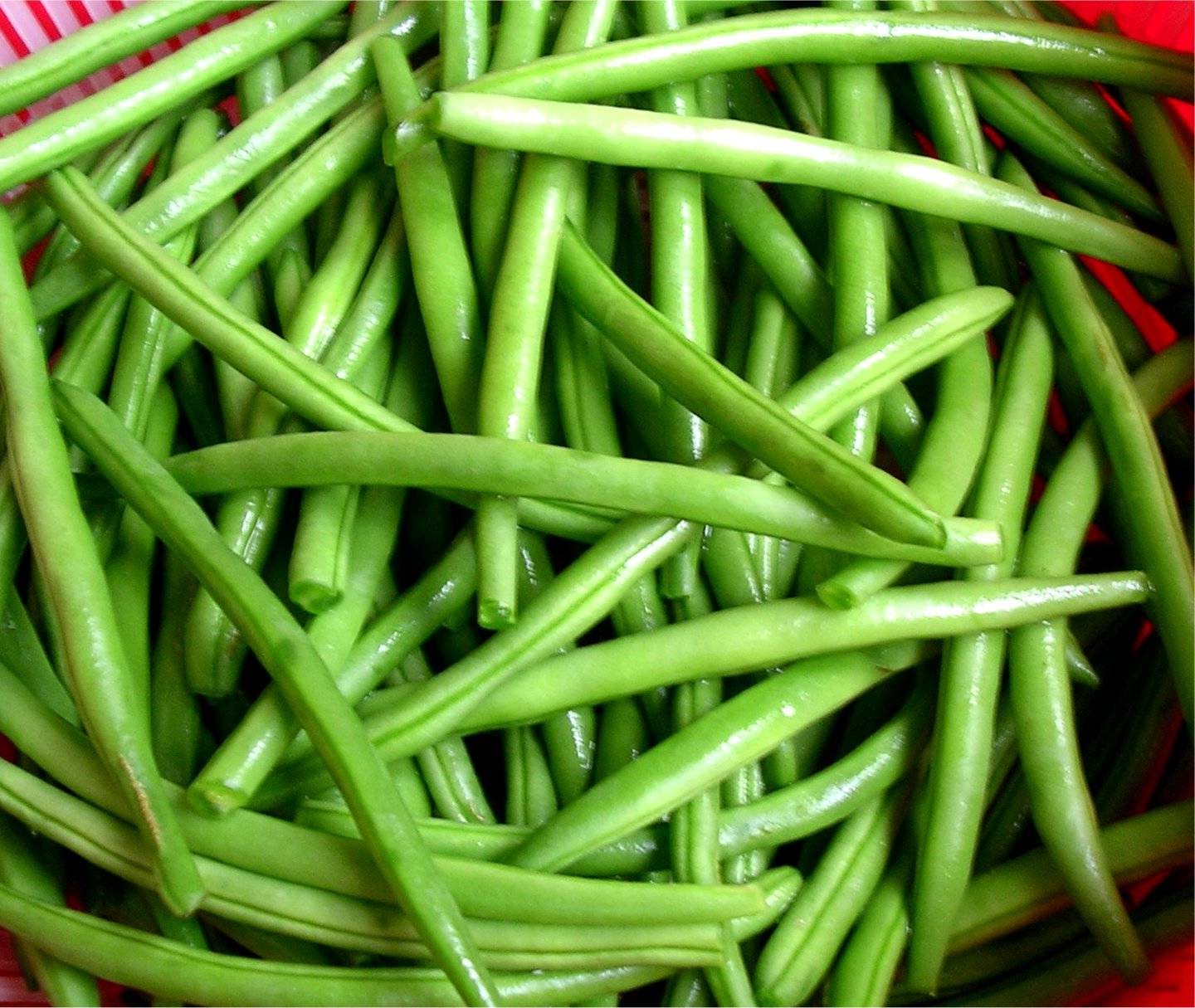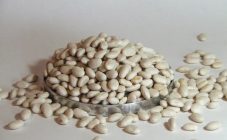Content:
Sachs beans are an early ripening variety. It can be successfully grown in various Russian regions due to its unpretentious care and resistance to temperature extremes. The fruits are distinguished by good taste and high protein content. It is not by chance that Sachs' asparagus beans are called that; the beans really taste like young asparagus. This vegetable has long become a frequent "inhabitant" in the beds of Russian summer residents.
The history of the creation of the variety
The variety was bred in Voronezh during the Great Patriotic War. The breeder A.V. Krylov is considered the creator of the variety. He initially set the task of developing a plant that easily adapts to any conditions and will be successfully grown in all republics of the Soviet Union. Thus, a unique fiber-free bean was developed. After the war, this variety was slightly improved by another well-known breeder N. Mikhelman.
When the variety first appeared, the fruits were bright yellow in color, later they turned pale green.
Plant parameters
You can recognize Sachs beans by the following characteristic features:
- bush plant;
- the height of the bean bush is from 35 to 40 cm;
- the color of shoots and leaves is saturated dark green;
- beans with a juicy pulp of light green color;
- pod length 10 - 12 cm.
The long, graceful appearance of the Sachs bean makes any garden look spectacular. It can be planted both in the center of the site and around the perimeter. The main thing is that the place is calm and protected from drafts.
Frost resistance
The plant grows well in the open field and does not need to be placed under a film. But it should be borne in mind that if the weather is cool, windy and rainy for a long time, the pods will be small in size and, possibly, deformed. This can be explained by the fact that beans spend energy on resistance to cold weather, and not on the growth and development of fruits. However, the plant itself dies from sudden cold weather very rarely (most often this happens in the case of hail). In cold regions (for example, in the Leningrad region), you should not plant seeds earlier than the first ten days of June. Fiber-free Sachs are sometimes grown in greenhouses to increase yields in cold regions.
Yield
Saxa belongs to the early maturing varieties. It takes only 1.5-2 months from the moment of planting seeds to harvesting. The fruits ripen together, the fruiting period lasts until the first autumn frosts. From 1 hectare you can harvest about 130 centners of beans. To grow a good harvest, it is enough to know the general rules for the cultivation of legumes.
The yield largely depends on the soil: if the land is rich in nutrients, the yield will be large, but if the soil is poor, in order to obtain a large volume of beans, you need to pay great attention to high-quality feeding.
Bloom
During the flowering period, the plant becomes very vulnerable to lack of moisture. Therefore, watering, which stops for some time before flowering, must be resumed after the appearance of the first flowers. The plant spends a lot of energy on the formation of flowers, therefore, during this period, the beans are fed.The main thing is not to apply fertilizers containing nitrogen, otherwise there will be a lot of flowers and greenery, and there will be little harvest.
Planting and leaving
Before preparing the soil for planting, you need to collect and burn all plant waste, since beans are highly susceptible to viral and bacterial infections. Sachs will grow well on pre-dug soil, which was added with phosphorus and potash fertilizers. The soil should be sufficiently moist and well warmed up. In the southern regions this is the beginning to mid-May, in the northern regions - the beginning of June. Saksa bean is a plant that is planted with seeds to a depth of 5 - 8 cm. You can also plant bushes, and then the cultivation of the crop will be a little easier. In any case, it is important to maintain a distance of 20 cm between the bushes.
The seeds of the Saks variety are distinguished by good germination. Therefore, if there is no way to germinate them, you don't have to worry. Those who prefer to germinate seeds can place them in warm water with potassium permanganate (pale pink) for 24 hours. Germination facilitates the growing process by disinfecting the seeds.
When the first shoots appear, they need to be watered regularly, avoiding too much moisture. Watering is followed by loosening. When there are 4 leaves on each shoot, watering stops when the beans bloom, then they continue to water in the same way as at the beginning.
For the first time, the plant is fed before the shoots appear. The second time feeding is needed during the flowering period. Preference should be given to industrial mineral fertilizers. They must contain potassium, phosphorus and sulfur.
The soil needs regular loosening to prevent fungal diseases. It is also necessary to periodically weed, since the removal of weeds contributes to the destruction of dangerous pests of beans.
Diseases and pests
The plant often suffers from mosaic and bacteriosis. For the prevention of diseases you need:
- prevent excessive soil moisture;
- ventilate the greenhouse if the plant is grown in a greenhouse;
- use your own seed, and if this is not possible, then be sure to soak in potassium permanganate.
Also, if the beans are sick, another crop should be planted in this place next year. It is possible to plant beans on this site again only after three years, when the spores of the fungus will die.
Also, to prevent infections, it is generally not worth planting beans in the same place for several years in a row.
As for pests, they rarely invade asparagus beans. However, if other types of parasitized beans are growing in the neighborhood, intruders can easily move to the Sachs variety. In this case, spraying with insecticides should be carried out.
Sometimes plants are attacked by a sprout fly. Her cunning lies in the fact that this tiny insect is almost invisible. However, the fly lays its larvae in both fruits and seeds. If a grower notices that a fly has occupied the plant, the harvested beans should be placed in the freezer for a short time. After that, insects and their larvae die, because they cannot stand the cold.
Advantages and disadvantages
Sachs beans are very popular among summer residents. Among the advantages of this variety, they note:
- the plant does not require special care, grows well and develops under any temperature conditions;
- there are no hard fibers in the valves, so the beans are very soft, delicate, have a pleasant taste without harsh off-flavors. The pods boil well, so they are often used to make soups and vegetable purees;
- in the place where beans grow, nitrogen is actively released into the soil.Therefore, after harvesting the harvest and destroying the old lashes, next year, vegetables that are demanding on nitrogen can be planted in this place;
- fruiting lasts from mid-summer to autumn;
- fruits are rich in protein, and dishes made from them quickly cause a feeling of fullness.
It should also be noted that the beans, with proper care, are large in size and in the correct shape, so it will not be difficult to prepare seed for the next year.
Despite the fact that it is quite simple to grow this culture, summer residents also note disadvantages in their reviews. There are not many of them, but it is still worth keeping in mind that:
- seeds are rarely on sale because they are quickly sold out;
- the plant has a sensitive and fragile root system, which can be easily damaged by weeding and loosening;
- beans do not react well to the most affordable and popular fertilizer - fresh manure, so you have to buy expensive mineral fertilizing;
- with sudden changes in temperature, flowers and beans can be deformed;
- like other bush varieties, beans have rather fragile whips.
But this species still has more advantages, so many summer residents argue that Saksa is a truly universal variety.
Fiberless asparagus beans are one of the best varieties of legumes suitable for growing in Russia. It is enough to pay only a little attention to the plant, and it will certainly thank the gardener with beautiful and delicate beans. It is a great alternative to the asparagus so popular in Europe.
